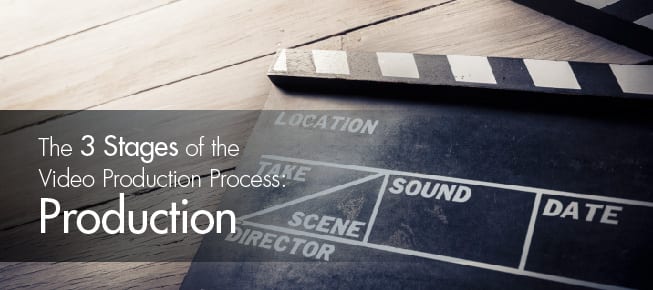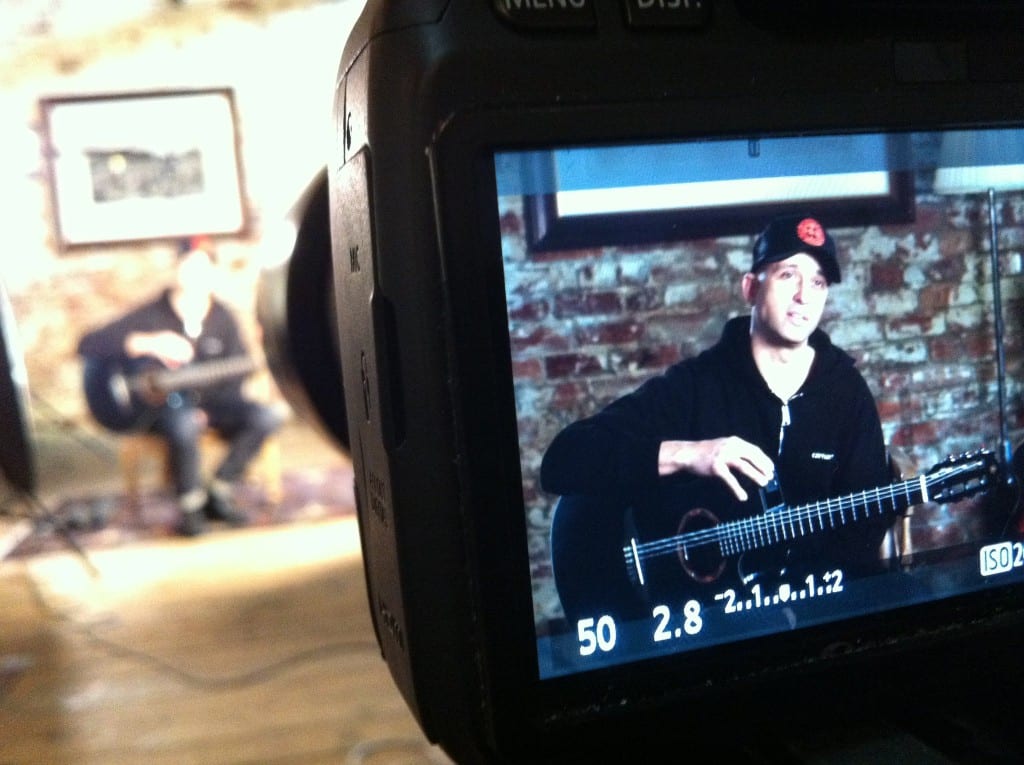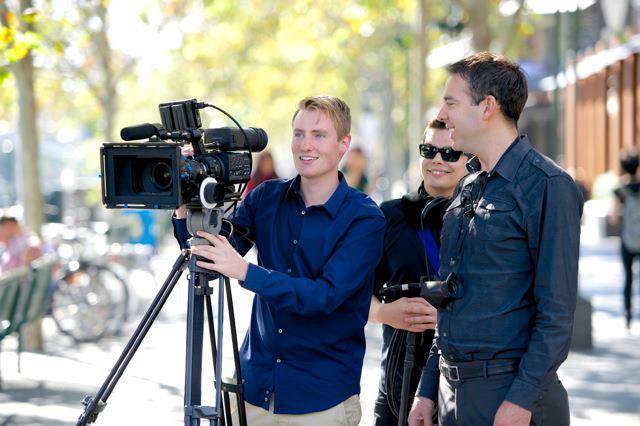
This is part two of our series explaining all the steps involved in making your video. In the first video I covered pre-production. If you haven’t seen it I encourage you to click on the link above and check it out. Now, lets get the lights, cameras and microphones out and talk about production.
Topic Summary
- What’s involved in the production process
- Establishing the right atmosphere on set
- Working with people on camera
What’s involved in the production process
After all of the pre-production planning, it’s exciting to start recording. The great thing about pre-production is that we have a really clear plan, and our goal is now simply to execute that plan.
I remember that, back in my film school days many years ago, productions were often chaotic. They’d run overtime; there’d be misunderstandings; someone wouldn’t turn up; and so on.
Some people would justify this as just being part of the artistic process. But a real film shoot should be exactly the opposite: carried out with military precision and efficiency.
Establishing the right atmosphere on set
I always encourage my clients to be on set with us for the filming. That way you can make sure that we’re realising your vision as you intended. It’s also quite a fun process to be involved in.
Part of my role is to ensure that there is a calm, positive and enjoyable atmosphere on set. Often, we’ll be filming in locations like offices and homes, where other people are getting on with their work and life. So we make sure that they aren’t inconvenienced, and that we don’t intrude unnecessarily.

Working with people on camera
Another important part for me is being conscious of the needs and comfort levels of the people appearing on the video. Often, they will be your staff, your team – maybe even you. And it may well be their first time appearing on camera.
Sometimes people can be nervous and self-conscious. So we take the time to connect with people and build rapport before we start filming. Help them to loosen up, relax and be themselves on camera, and give feedback if they need some help or direction.
Apart from that, it’s basically a matter of following the plan and getting the shots. Simple!
Look out for the next episode where we bring your footage into the edit suite and start cutting your film. As always, let me know your questions or feedback in the comment box below. See you in the next video!

Ryan Spanger is one of Melbourne’s most respected and sought-after video production professionals. Ryan founded Dream Engine in 2002, and specialises in helping medium to large corporates, government departments, and the non-profit sector to connect with their audience more effectively by using video.

